Chloramphenicol is a potent antibiotic used to treat various bacterial infections. It belongs to the class of drugs known as broad-spectrum antibiotics, meaning it is effective against a wide range of bacteria. This drug works by inhibiting the protein synthesis in bacterial cells, thereby preventing their growth and multiplication. Chloramphenicol is available in oral and injectable forms and is commonly prescribed for serious infections such as meningitis, respiratory tract infections, and certain types of eye infections.
Important Precautions
Chloramphenicol should not be used by individuals with a history of hypersensitivity or allergic reactions to the drug. It is contraindicated in patients with bone marrow suppression or blood disorders, as it can further inhibit blood cell production. Women who are pregnant or breastfeeding should exercise caution when using this medication, as it can potentially harm the developing fetus or pass into breast milk. Close monitoring of blood counts is necessary during treatment to minimize the risk of serious adverse effects.
Possible Side Effects
While chloramphenicol is generally well-tolerated, it can cause certain side effects. Common side effects include nausea, vomiting, diarrhea, and stomach upset. These gastrointestinal symptoms usually resolve on their own and do not require discontinuation of the medication. Less frequently, individuals may experience allergic reactions such as rash, itching, or swelling. Severe side effects are rare but can include aplastic anemia, which is a serious condition characterized by a decrease in red and white blood cells and platelets. If any unusual or severe symptoms occur, medical attention should be sought immediately.
How to Use
Chloramphenicol should be taken exactly as prescribed by a healthcare professional. It is typically administered every 6 to 8 hours, depending on the severity of the infection. The medication can be taken with or without food, although taking it with food may help reduce stomach upset. If a dose is missed, it should be taken as soon as remembered. However, if it is close to the next scheduled dose, the missed dose should be skipped and the regular dosing schedule resumed. Taking an overdose of chloramphenicol can be highly dangerous and should be avoided. Symptoms of an overdose may include confusion, dizziness, headache, and seizures. Immediate medical attention should be sought in case of an overdose.
Mixing with Other Drugs
Chloramphenicol may interact with certain medications, potentially leading to decreased effectiveness, increased side effects, or altered drug levels in the body. It is important to inform healthcare providers about all medications being taken, including prescription, over-the-counter, and herbal products. Some medications that may interact with chloramphenicol include anticoagulants (e.g., warfarin), phenobarbital, and some antidiabetic medications. The concomitant use of such medications should be carefully monitored, and dosage adjustments may be necessary to ensure their safe and effective use.
Questions and Answers for Chloramphenicol
-
Can I drink alcohol while taking chloramphenicol?
It is generally advised to avoid consuming alcohol while taking chloramphenicol, as it may increase the risk of side effects and impair liver function.
-
Can I use chloramphenicol for viral infections?
No, chloramphenicol is only effective against bacterial infections and should not be used to treat viral infections such as the common cold or flu.
-
Is chloramphenicol safe for use in children?
Chloramphenicol should be used with caution in children, especially those under the age of 2, due to the risk of developing serious side effects like gray syndrome. It should only be used if deemed necessary by a healthcare professional.
-
How long should I take chloramphenicol for?
The duration of treatment with chloramphenicol will depend on the type and severity of the infection being treated. It is important to complete the full course of medication as prescribed, even if symptoms improve, to ensure effective treatment.
-
Are there any specific dietary instructions to follow while taking chloramphenicol?
There are no specific dietary restrictions associated with chloramphenicol. However, it is important to maintain a balanced and healthy diet to support overall health and immune function during treatment.
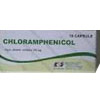
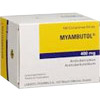
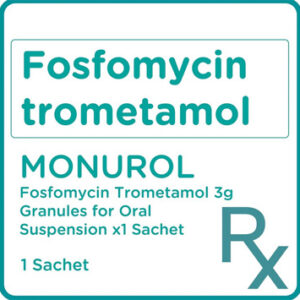
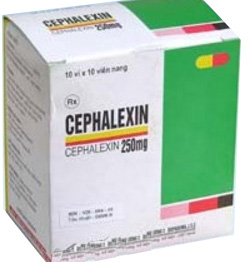
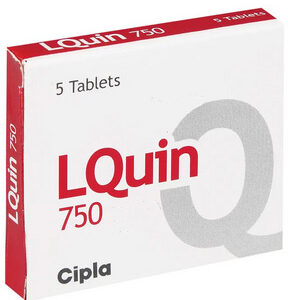
Reviews
There are no reviews yet.